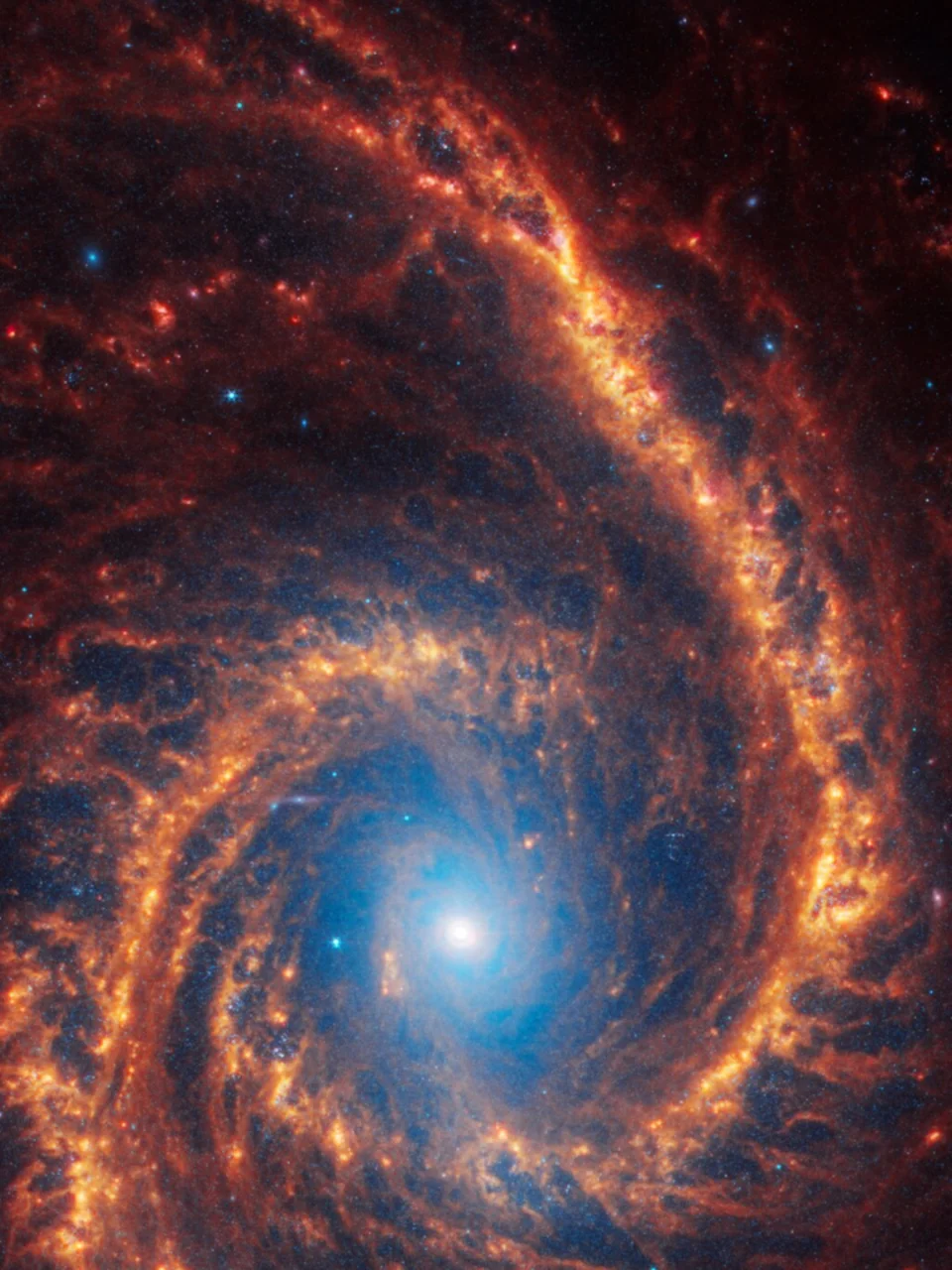
James Webb Telescope: Unveiling the Universe’s Deepest Secrets Through Stunning New Images
The James Webb Space Telescope (JWST), after nearly three years of collecting data, continues to revolutionize our understanding of the cosmos. From spotting the earliest galaxies to capturing auroras around Jupiter, its discoveries are truly groundbreaking. But what are the latest insights emerging from this technological marvel?
Recent broadcasts and NASA releases highlight a plethora of stunning images and fascinating data points, inviting us to explore the universe as never before. Let's delve into some of the most remarkable findings.
One particularly captivating image showcases interacting galaxies with intricate details, revealed by the JWST's advanced infrared capabilities. 
Beyond individual galaxies, the JWST has captured iconic cosmic structures like the Pillars of Creation in the Eagle Nebula, offering unparalleled insights into star formation. Stephan's Quintet, a visual grouping of interacting galaxies, gives us a glimpse into galactic evolution. It also unveiled the beauty of Southern Ring Nebula and Carina Nebula’s Cosmic Cliffs which allows us to understand more on star life cycle.
Here are some other JWST’s most beautiful pictures:
- Webb’s First Deep Field (SMACS 0723): Showcases thousands of galaxies in a tiny patch of sky.
- Horsehead Nebula: An iconic dark nebula captured in unprecedented detail.
- Titan’s Atmospheric Clouds: JWST captured images of unusual cloud formations in Titan's northern hemisphere, providing new insights into the moon's weather patterns.
- Jupiter’s Auroras: Reveals the planet's intense magnetic field and atmospheric dynamics.
- NGC 2566 Spiral Galaxy: A detailed image of a spiral galaxy with well-defined arms.
- Arp 142 (Penguin and Egg Galaxies): Illustrates the effects of gravitational interactions.
The James Webb Space Telescope has also provided stunning visuals of other galaxies, each offering a unique perspective on cosmic phenomena:
- Leo P: Revealing three phases of star formation within this dwarf galaxy.
- Merging galaxy pair II ZW 96: Numerous background galaxies are scattered across the swirling cosmic landscape.
- The Penguin: A distorted spiral galaxy and the Egg caught in a dynamic interaction.
- Einstein Ring: Showcases a rare cosmic event where light from a distant galaxy is bent around a nearer one.
- M82: Focus on the core of galaxy M82, where intense star formation and supernovae are driving a powerful galactic wind.
- NGC 7469: A bright, face-on spiral galaxy with its companion galaxy, IC 5283.
These images and data points aren't just visually stunning; they provide invaluable data for scientists studying galactic evolution, star formation, and the very origins of the universe. The JWST's observations of the Extreme Outer Galaxy, situated over 58,000 light-years from the Galactic center, are helping scientists understand the structure and dynamics of our own Milky Way.
What future discoveries await us as the James Webb Space Telescope continues its mission? How will these new insights reshape our understanding of the universe and our place within it?
Share your thoughts and predictions in the comments below! What aspects of space exploration intrigue you the most?